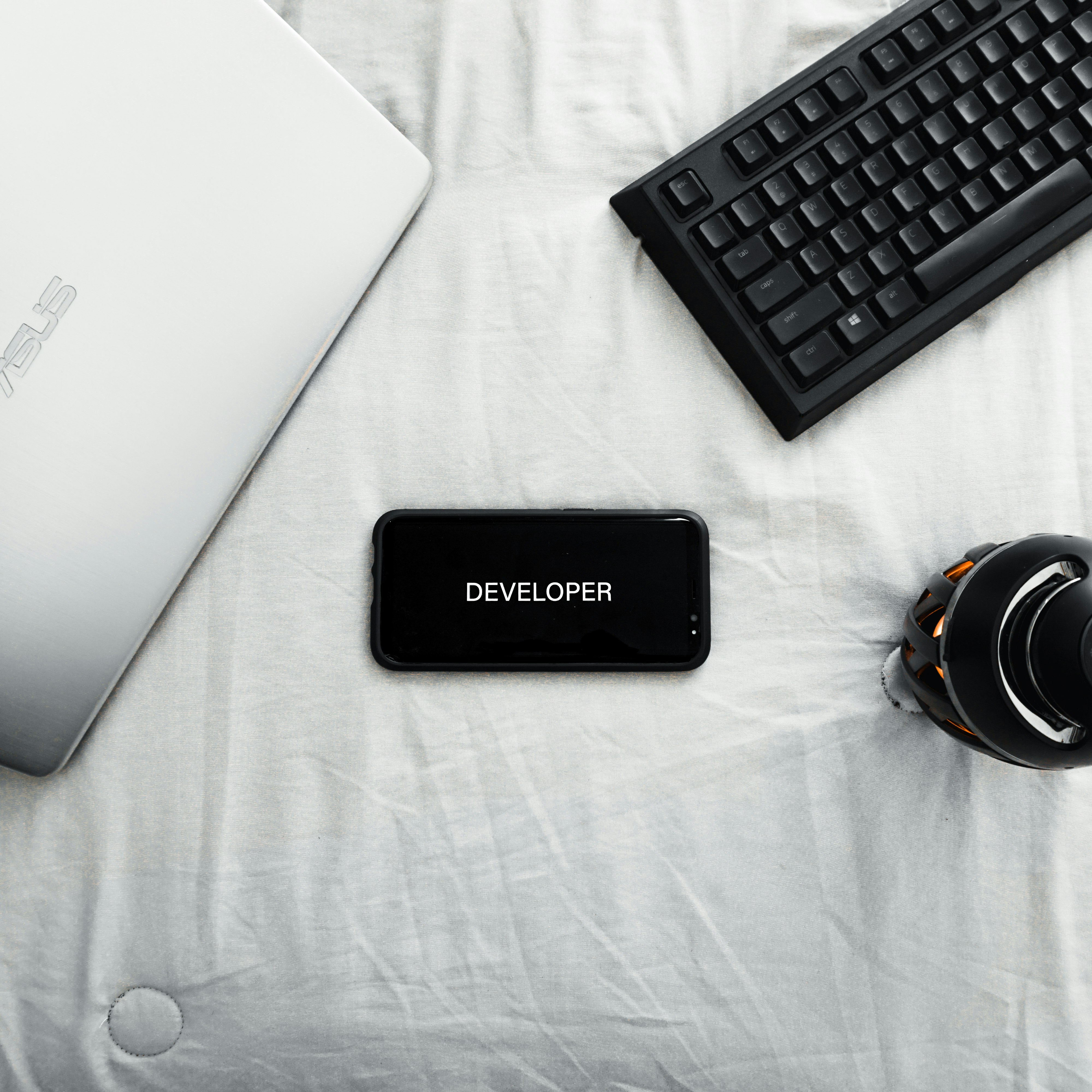No-Code vs Custom Code: When to Pivot for Long-Term Scalability
The time of nocode is here… but every fast-moving founder eventually asks the same question:
"Will my nocode backend handle 100k users—or should I rewrite it in code before it melts down?"
This guide answers that question in plain English. You'll learn:
- Where nocode backend solutions shine (speed, cost, idea validation)
- The hidden scalability ceilings—and how to spot them early
- Proven migration playbooks (e.g., Bubble → Supabase → full-code)
- How hybrid platforms such as Creatr keep the best of both worlds
Citations back every claim, so you can build—or rebuild—with confidence.
Why Nocode Is Still Winning
65% of all new apps will be built with low-/no-code tools by 2024, according to Gartner
- Slashes time-to-market by up to 90%
- Lets citizen developers outnumber engineers 4:1
- Cuts maintenance costs by 80% on average
Platforms such as Bubble, Webflow, Framer, v0.dev, Wix, Squarespace Blueprint, and Supabase package hosting, auth, DB and APIs in minutes—not months.
// Time to market comparison
const traditionalDevelopment = {
requirementsGathering: '2-4 weeks',
design: '2-3 weeks',
development: '8-12 weeks',
testing: '2-4 weeks',
deployment: '1-2 weeks',
totalTimeToMarket: '15-25 weeks'
};
const nocodeDevelopment = {
requirementsGathering: '1-2 weeks',
design: '1 week',
development: '1-2 weeks',
testing: '1 week',
deployment: '1-2 days',
totalTimeToMarket: '3-5 weeks'
};
console.log(`Time savings: ${calculatePercentageSaved(traditionalDevelopment.totalTimeToMarket, nocodeDevelopment.totalTimeToMarket)}`);
// Output: Time savings: ~80%
Anatomy of Modern Nocode Backends
| Layer | Typical Nocode Stack | How Supabase & Creatr Upgrade It |
|---|---|---|
| Database | Airtable, Bubble DB (NoSQL) | PostgreSQL with row-level security |
| APIs / Logic | Built-in workflows | Edge Functions (serverless SQL + JS) |
| Auth | Email/OAuth plugins | Built-in JWT & social logins |
| Realtime | Webhooks / polling | Change Streams out-of-box |
Because Supabase mirrors Firebase's convenience but on Postgres, developers get SQL joins and ACID transactions without leaving nocode comfort.
The Scalability Wall—4 Early Warning Signs
- Performance dips after ~10k concurrent users (common in Bubble forums)
- API costs spike unpredictably as "workflow units" multiply
- Complex data models feel hacky in document DBs like Firestore
- Vendor lock-in slows feature velocity once you need custom ML or edge-caching
If you notice two or more, start planning a pivot before users feel the lag.
Five Signals It's Time to Pivot
- >100k rows or >1GB daily writes—indexes & rate limits derail UX.
- Real-time features stall (e.g., chat, multiplayer) due to single-region DB.
- Security / compliance audits demand VPC or on-prem options.
- Unit economics flip—Bubble's workload pricing beats a managed Postgres by 3-4× at scale.
- Fundraising / acquisition—tech-savvy investors discount lock-in stacks.
Migration Paths: Bubble → Supabase & Beyond
Case-study snapshot: A London agency moved Bubble sub-apps to Supabase and cut workflow costs 40% while unlocking SQL analytics.
Phased Blueprint
- Dual-Write Stage – Connect Bubble to Supabase via REST; mirror critical tables.
- Read-Switch Stage – Point the frontend (React, v0.dev, etc.) to Supabase APIs.
- Logic Offload – Re-implement heavy workflows as Supabase Edge Functions.
- Full Detach – Sunset Bubble DB; keep Bubble front-end (if desired) during UI rewrite.
Tools like Creatr accelerate each step: prompt "Migrate Bubble orders table to Supabase" and Creatr generates SQL, ETL scripts, and a Next.js dashboard in one shot.
Hybrid Strategy: Rapid Iteration With Creatr
While pure custom code maximizes control, it slows iteration. Creatr's prompt-to-app engine ships production-ready Next.js + Tailwind + Supabase stacks from a single sentence, then lets you export the code to GitHub anytime—no lock-in.
- AI Agents auto-build chatbots, cron jobs, data imports.
- The real-time editor lets non-devs tweak copy or fields in seconds.
- Multi-model support (GPT-4, Claude, Gemini) future-proofs your AI layer.
Founders keep the agility of nocode and the longevity of open-source code.
Cost & Performance Benchmarks
| Metric (Monthly) | Bubble (Growth plan) | Supabase (Pro) | Custom AWS (t3.small + RDS) |
|---|---|---|---|
| Base Price | $129 | $25 | $45 |
| Read/Write Fees | Variable | 0 (pay storage) | $0.04 per million I/O |
| 99th-pct latency | 450 ms (complex search) | 110 ms (SQL w/ index) | 90 ms |
| Scales past 1M users | Not guaranteed | Yes (Postgres sharding) | Yes |
Supabase's flat pricing and Postgres performance give most startups a 2-3× cost cushion before considering Kubernetes or AWS Aurora.
60-Minute Build Blueprint for a Landing Page
Need "How to build a website in under an hour"? Combine:
- Creatr prompt: "Landing page for AI Website Designer SaaS" → code scaffold.
- v0.dev to tweak UI sections visually.
- Supabase table for contact leads (5 min).
- Deploy on Vercel.
Total coffee-to-production time: ~45 min.
Quick Takeaways
- Validate fast with nocode, but instrument usage from day-one.
- Watch for cost & latency spikes—early indicators of platform limits.
- Supabase acts as a "bridge" stack, marrying nocode speed with SQL power.
- Creatr's exportable code eliminates lock-in anxiety while preserving chat-level iteration.
- Pivot before pain—migrations are cheaper at 10k users than 100k.
- Hybrid = Best of both worlds for most seed-stage startups.
Conclusion
This is the best time to launch with nocode: you can ship tomorrow, get feedback next week, and raise a round next month. Yet growth punishes the unprepared. By tracking usage patterns, budgeting for inevitable migrations, and leveraging hybrid builders like Creatr, you'll glide from MVP to millions of users—without rewriting your backend three times. Ready to future-proof your stack? Spin up a free Creatr workspace and test-drive a Supabase-powered build today.
FAQs
Q1. Can Supabase replace Firebase for real-time apps?
Yes—its real-time Postgres replication matches Firestore's latency while adding SQL joins.
Q2. Do I have to abandon Bubble entirely to scale?
No. Many teams keep Bubble front-end but offload data to Supabase or Postgres.
Q3. How does Creatr differ from Wix or Squarespace?
Creatr outputs full-stack code you own, not just hosted pages—ideal before a pivot.
Q4. What's the cheapest way to start?
Combine Creatr's free tier, Supabase free plan, and Vercel hobby. Upgrade only when DB storage >500 MB.
Q5. Is "AI for Website" design really production-ready?
Yes—Creatr auto-generates responsive Tailwind UI; polish with Framer animations as needed.
What's your biggest worry about scaling a nocode backend?
Share your thoughts in the comments—let's crowd-source solutions that save rebuild pain.




